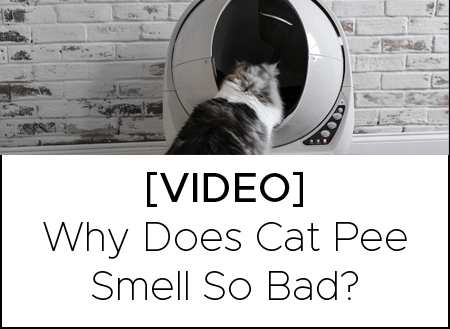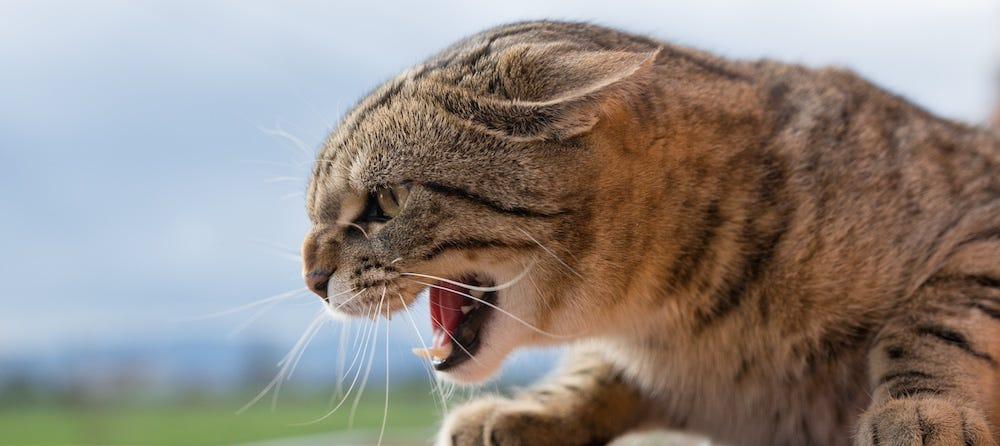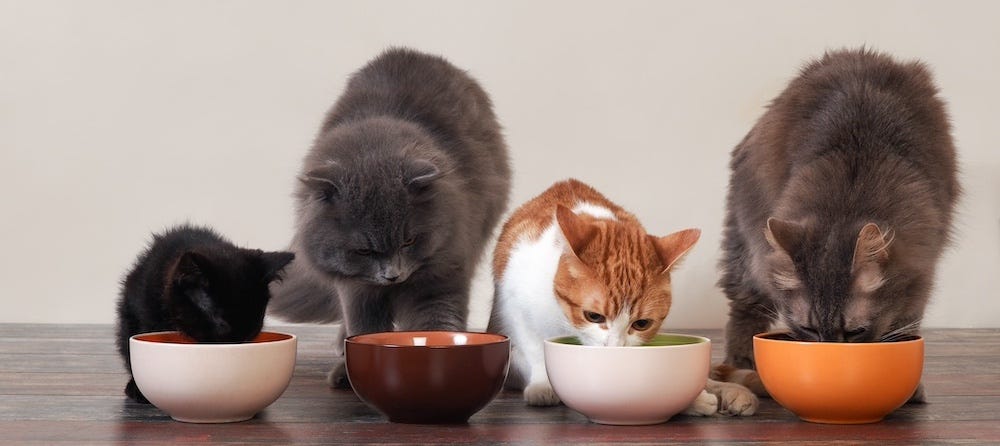If your cat was just potentially diagnosed with feline infectious peritonitis (FIP), my heart goes out to you. This is my most hated disease, and for some reason, it always appears to attack the sweetest, youngest cats that I see in the veterinary ER. Unfortunately, by the time I see FIP in the veterinary ER, there’s not much left to do or treat. That’s because FIP is a deadly virus with no great cure in sight (yet…).
So, in today’s first post of a two-part blog, we’ll review what you need to know about FIP. Or, skip to part two on diagnosis and treatment of FIP.
So, what exactly is feline infectious peritonitis?
FIP is an “immune-mediated disease” that is caused by a virus called feline coronavirus (FCoV). The majority of the time (90-95%), this virus is not a big deal—what virologists and veterinarians call “avirulent.” That means, most of the time, it only causes little to mild disease. This is typically seen as diarrhea, and affects the gastrointestinal tract. This type of avirulent coronavirus is called feline enteric coronavirus.
Unfortunately, whenever there is a risk for feline coronavirus, there is a risk for potential development into FIP. In a smaller percentage of cats (both domestic and wild cats), this coronavirus can mutate or stimulate the immune system to result in a deadly form of coronavirus—otherwise known as feline infectious peritonitis virus (FIPV). The mutation seems more likely in young, purebred cats, especially Bengals, Himalayans, and Birmans. This may occur weeks, months, or even years after the initial exposure to coronavirus. FIPV then results in a massive inflammatory response by the cat’s immune system and affects the entire body. Unfortunately, coronavirus is one of the few viruses that causes this deadly immune response.
The two types of FIP
We see two types of FIP: the “wet” form and the “dry” form. Both are terrible, but in my clinical experience, the wet form is easier to diagnose, as the clinical signs are more obvious—to both the pet parent and the veterinarian. The dry form is harder to diagnose, as it involves more intensive testing, like an ultrasound or biopsies.
How is feline infectious peritonitis spread?
If your cat was diagnosed with FIP and you have other cats in the household, honestly, the risk of spread is low. Of cats exposed to feline coronavirus, only 5-10% of infected cats go on to develop FIP. FIP isn’t as contagious as FeLV and FIV, since it requires a mutation in the cat’s body or abnormal immune response for the coronavirus to mutate to FIP.
Furthermore, by the time cats show chronic signs of FIP, there’s supposedly only a small amount of virus that is shedding. That’s different than acute infection, where coronavirus can be shed excessively through bodily fluids (such as diarrhea, saliva, etc.), and cat-to-cat contact (including mother cats passing it to their kittens) is much higher. Cats coming from multi-cat dwelling situations (e.g., shelters, catteries, etc.) may also have a higher exposure to coronavirus, since the virus can live in the environment for weeks at a time.
Which cats get FIP?
While any cat can get coronavirus, again, I personally see it more in purebred cats from catteries. Unfortunately, we don’t know if there is a genetic component that makes purebred cats more susceptible to the virus, or if it’s because most purebreds come directly from crowded cattery conditions. Crowded cat conditions can increase the exposure and stress to feline coronavirus.
That said, most cats are younger than 2 years of age when they present with FIP.
The following cats have a higher prevalence of developing FIP:
- Kittens with weak or naive immune systems
- Purebred cats, especially Bengals, Himalayans, and Birmans
- Sexually intact cats, especially males
- Cats that are immunosuppressed from other diseases (such as feline leukemia) or on medications that cause immunosuppression (e.g., steroids, chemotherapy, etc.)
- Geriatric cats
What are feline infectious peritonitis symptoms?
Signs of coronavirus can be respiratory (such as sneezing, discharge from the nose, runny eyes) or gastrointestinal (such as diarrhea or vomiting) in origin. Because cats mask their clinical signs until they are severe, it may appear that the clinical symptoms develop quickly.
As previously discussed, there are two types of FIP: wet and dry. The wet form results in abnormal, thick, straw-colored fluid accumulating in the body. Clinical signs are more obvious when the wet form of FIP develops, as fluid seems to appear quickly. The dry form of FIP results in abnormal inflammatory cells depositing in the intestinal tract, kidneys, and other organs. It typically results in chronic wasting (weight loss). Unfortunately, dry forms of FIP are more subtle and harder to notice by pet parents or even to detect by veterinarians.
Clinical signs of FIP include:
- Decreased appetite to complete loss of appetite
- Chronic weight loss or weight gain (seen more with dry FIP)
- A pot-bellied appearance (from wet FIP) due to fluid accumulation in the abdomen; typically the fluid is a straw-colored, thick, high-protein fluid
- Lethargy
- A poor hair coat
- Fever (that doesn’t respond to antibiotics) or hypothermia
- Dehydration
- Pale gums
- Hiding
- Increased respiratory rate
- Difficulty breathing (if wet FIP causes fluid accumulation in the chest cavity)
- Vomiting
- Diarrhea
- Jaundice
- Possible intestinal obstruction (secondary to enlarged lymph nodes or thickening of the intestines from dry FIP)
- Inflammation of the eyes (e.g., uveitis)
- Abnormal eye movement (e.g., nystagmus)
- Walking drunk
- Tremors
- Hyperesthesia
- Blindness
- Seizures
- Death
Next month, we’ll talk about how your veterinarian will help confirm the diagnosis of feline infectious peritonitis and discuss the limited treatments available.
Cover photo by Raul Varzar on Unsplash

Recommendations








